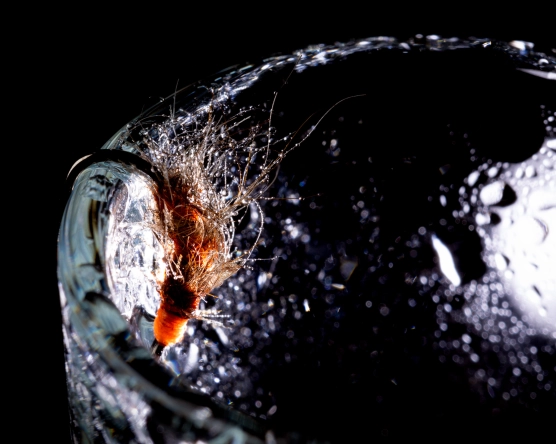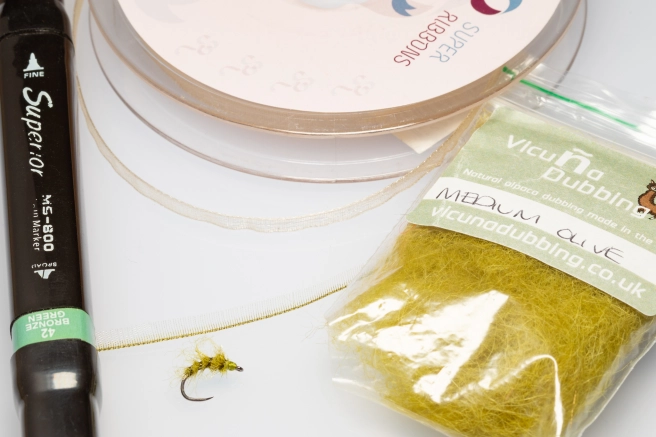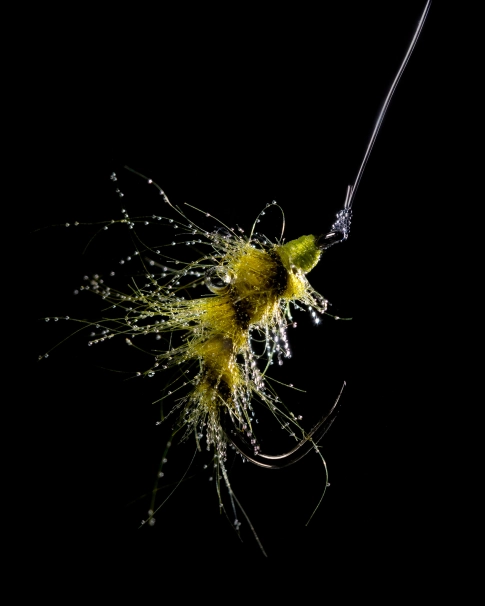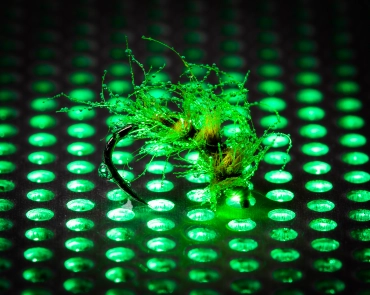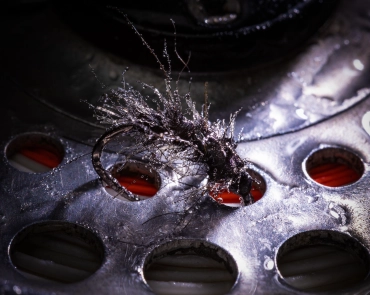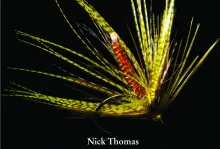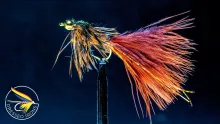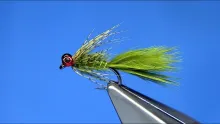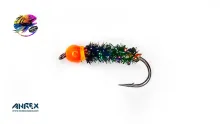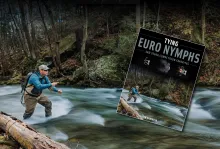Sometimes simple is best. Simple and scruffy in fact. Nick Thomas shows you how to tie a both simple and scruffy fly.
Sometimes simple is best. Simple and scruffy in fact. It’s a well-known fact that flies that have been fished can catch better than ones fresh off the vice. Casting, immersion in water, and being chewed by fish does tend to ruffle an immaculate imitation, sometimes to the extent that it doesn’t much resemble the intended natural species. These tattered flies catch fish probably because now they retain just the essentials of life and resemble a wider range of food.
When I started fishing in Scotland most people fished winged wet flies that didn’t look like any insect when tied and didn’t look like the pattern after fishing them, but they caught fish. My tying skills were not up to tying winged flies, so I skipped the hassle and went directly to tattered and scruffy and they did just fine.
In my mind fly patterns fall into three categories: imitations, approximations and suggestions. Imitations are accurate for many features of a particular insect, crustacean or other form of fish food. These flies are the most complex and time consuming to tie, sometimes to the extent that they may stay in a fly box for fear of losing them. Approximations are a few steps down in accuracy being generic impressions with a couple of key features which characterise the natural beastie. These are quicker and more straightforward to tie and consequently actually do get fished.
Suggestions are even simpler. These don’t look like anything in particular but have a general feel about them that hints at fish food. Such are the flies featured here. These are third generation variants of flies I tied many, many years ago that were simply a hook loosely dubbed with seals fur and ribbed with black wire. The dubbing was loose because I didn’t have a tying vice and I wasn’t very good at applying dubbing. The wire rib improved their look a little, but its main purpose was to stop them coming apart too quickly. They caught fish.
When I started to tie using organza ribbon, I made second generation versions replacing the wire with stripped ribbon to match the dubbing colour. The crinkled nylon fibres caught the light and added life to the dubbed bodies. They also caught fish.
Now I fish third generation versions tied using a rib of cream organza over vicuna dubbing. The woven edge of the ribbon is coloured with a marker pen to match or contrast with the body colour and when wrapped tightly pulls in the dubbing segmenting the body. The tips of the organza fibres work with the fine hollow dubbing fibres to create a glowing buggy halo around the fly. They catch a lot of fish.
If you are new to fly tying or thinking about giving it a go, then simple patterns like these that have a minimum number of materials which will catch you fish anywhere is a good place to start. I tie mine on on Fasna F-120 hooks in size 14, but just use whatever you have. Instructions, such as they are, are basic.
1. Colour one edge of a piece of ribbon, cut off the other edge and strip out the long fibres.
2. Tie in the ribbon at the back of the hook and loosely dub the body.
3. Wind the ribbon in tight open turns, tie in and trim off the waste.
4. Give the fly a good going over with a dubbing brush.
5. Wind a small head, whip finish and varnish.
6. Go catch fish.
As I have said in a previous article, the true test of how a fly looks is to see it as fish will see it – underwater. These back to basic flies definitely have the look of fish food.
Hand picked for this article
- Log in to post comments

